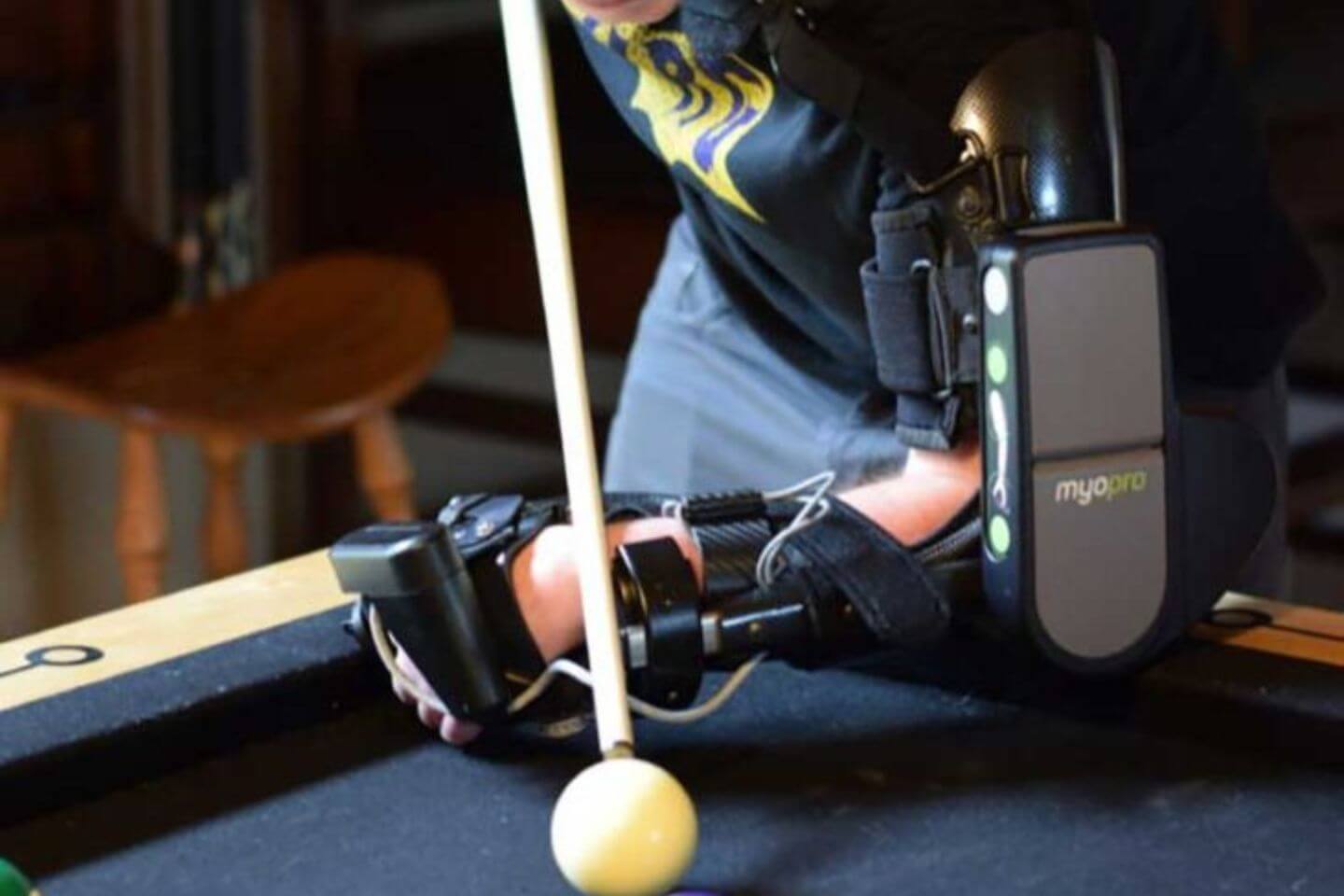Dynamic Hand And Wrist Splint: Uses And Effectiveness
Dynamic hand and wrist splints are often used to treat joint stiffness and to help recover loss of movement caused by trauma, injury, disease or surgery. As well, they are sometimes used along with physical therapy. During therapy they are warn thru periods of relaxation to provide gentle and constant stretches for the joints. Outside the office, dynamic hand and wrist splints are like bringing the therapist home so that you can regain your range of motion.

Multiple Uses
Dynamic hand and wrist splints have a wide array of uses that are very beneficial, especially for neurological and orthopedic wrist conditions. Some of the benefits consist of:
- Treat joint stiffness
- Improve range of motion
- Ease of use, safe and comfortable
- Decrease rehabilitation costs and time
- Each splint is customized to fit perfectly
- Eco friendly – uses metal parts with discarded soft parts
Hand and wrist splint are also used for variable conditions and common diagnosis such as:
- Burns
- Dislocations
- Wrist joint arthroplasty
- Ligament and tendon repair
- Fractures (distal radius, Colles’, etc.)
- Open reduction internal fixation (ORIF)

Used with Physical Therapy
When dynamic hand and wrist splints are used along with physical therapy, it is said that restoring the range of motion is up to 53% more effective. This is because splints allow for a constant gentle stretch that offers positive results. Moreover, the gentle stretch to the joints attains permanent length change in shortened connective tissue. As well, it helps get your stiff wrists moving smoothly again. Other benefits of combining dynamic hand and wrist splints with physical therapy include:
- Can be comfortably worn when resting
- Individually fit per patient for best results
- Offered to pediatric, adult and infant patients
- Biomechanically correct (mechanical laws to living structures)
- More than three quarters of a million patients with success stories
- Many units accommodate both neurological and orthopedic patients
- The bilateral tensioning system has an adjustable, straightforward design
- User-friendly, appropriately labeled and online patient friendly video instructions

Getting the Right Fit
Although many dynamic hand and wrist splints can be purchased over the counter, it is best to consult with a specialist, physical therapist or your physician before purchasing. In fact, a specialist can help you get the proper fit for the optimum results. In contrast, an improper fitting hand and wrist splint will not give you the support needed for quicker healing. So specialist even state that an improper fit may create more damage.
Also, a specialist can help you with other important factors such as how to put on a dynamic hand and wrist splint, when to wear one and for how long.
